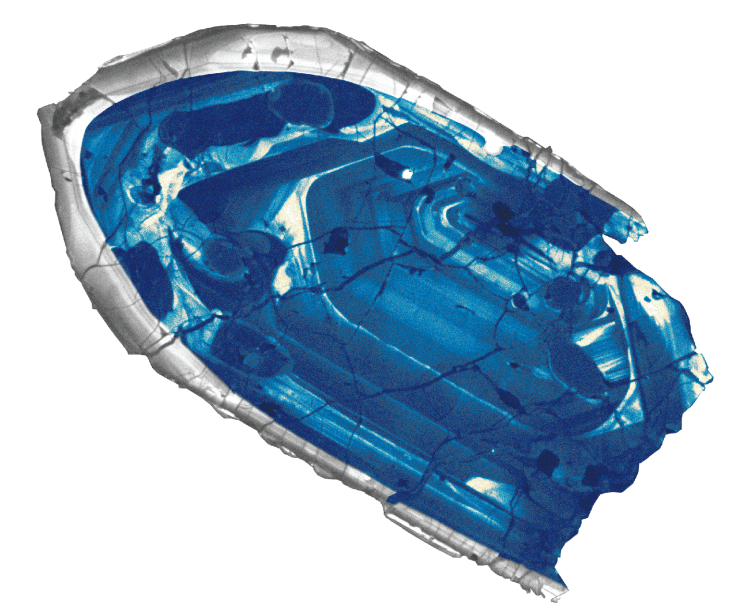4.4 Billion-Year-Old Crystal Is Oldest Piece Of Earth’s Crust Ever Discovered, Confirming Cool Early Earth Theory

Researchers have found the oldest piece of the Earth’s crust that has been discovered yet, a 4.4 billion-year-old piece of zircon. The crystal helps confirm a theory about when the Earth’s crust formed and provides new insight into planet formation and how a planet can become habitable.
The research was led by John Valley, from the University of Wisconsin-Madison, and the crystal was pulled from the Jack Hills rock outcrop in Australia, an area well-known as a source for zircons. The piece of crystal is the oldest ever discovered, according to the researchers, and it helps support a theory about when the Earth’s crust was formed.
Zircons are the oldest known terrestrial materials and can be used to improve theories about the Earth's crust formation and provide insights into the Earth's environment during the Hadean eon, which began around 4.5 billion years ago.
Valley and his team determined the mass of iron atoms in the zircon sample to determine the age and temperature history of the crystal. The iron atoms were grouped in clusters, not randomly distributed throughout the zircon. According to Valley, the lead clumps formed a billion years after the zircon and resulted from the radioactive decay of uranium.
The Cool Early Earth theory states that some continental crust formation began around 4.4 billion years ago, roughly 160 million years after the Earth, and the solar system itself, first formed. The Earth started out as a core that was covered by an extremely hot magma ocean, the University of Wisc. researchers noted, but surface temperatures had cooled 160 million years after the Earth first formed, which made the presence of liquid water possible.
Researchers have made estimates for the surface temperature of the Earth during the Hadean eon by measuring the oxygen-18 isotope, as heavier isotopes condensate faster than lighter isotopes. Valley said in a statement, “The study reinforces our conclusion that Earth had a hydrosphere before 4.3 billion years ago.”
Based on the timeline of the Earth’s formation, the planet’s crust formed after a massive object, roughly the size of Mars, crashed into it, creating the moon and homogenizing the planet. Recent research dated the age of the moon between 4.4 billion and 4.5 billion years old, using zircon to discover a "major differentiation event" that occurred during that time. Valley's research was published in the journal Nature Geoscience.
© Copyright IBTimes 2024. All rights reserved.












